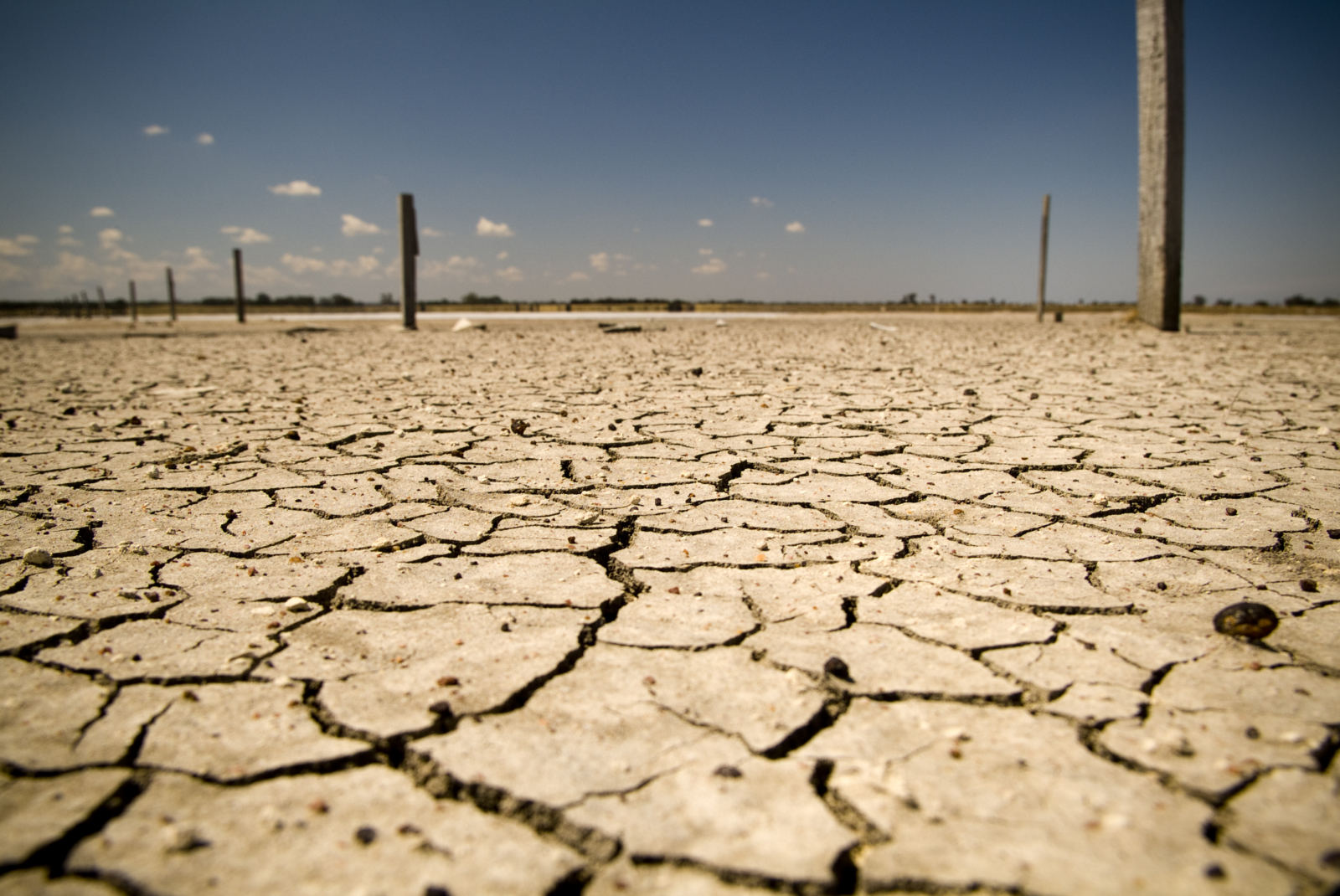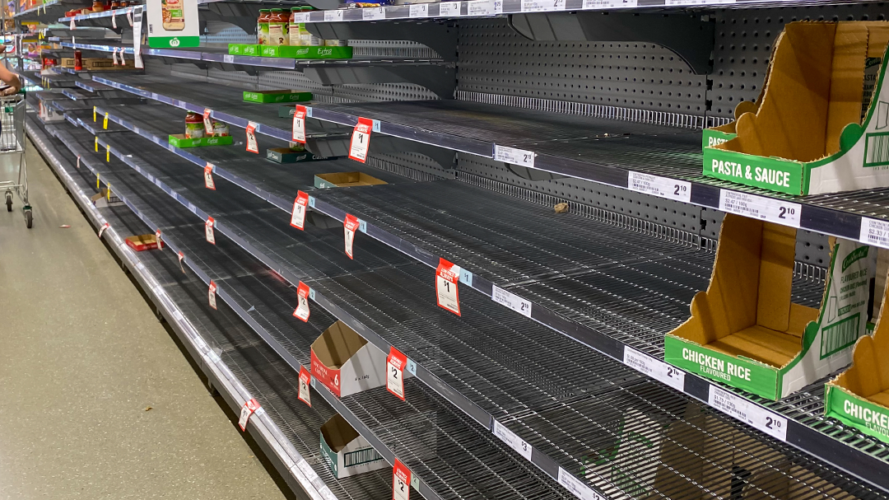
From risky to responsible – Cress in the News
March 30, 2021
A global pandemic forced business to re-evaluate how it defines risk. Cress Consulting director Julia Seddon writes a similar rethink is needed for climate and water risks to be assessed like any other business risk.

By now most companies have updated their risk registers to include global pandemic. While quite rightly called out, the pandemic isn’t the only non-traditional risk businesses face today.
The risk of climate change is often incorrectly presented in the context of a potential change in government policy that might impact operating conditions or increase costs but not as a material threat to assets, people, or supply chains. Climate change and associated water scarcity are imminent and grave business risks and should be assessed like any other. Let’s explore why.
Climate And Water Risk
Climate change includes climate variability as well as changing weather patterns. Australia’s weather is becoming hotter, dryer and less predictable. We are facing increased temperatures, more frequent and longer heat waves, drought, rising sea levels, coastal erosion and severe weather events including flash flooding, catastrophic bushfires and increased cyclone activity. Following current trends, this will continue to worsen into the future.
A hotter, drier, and less predictable climate will pose a physical risk to people, assets, economies and ecosystems. It impacts the availability of water, the reliability of supply chains, working practices and even the demand for certain goods and services. Infrastructure is also threatened, impacting drainage and sewerage systems, energy blackouts, transport disruption, and damage to buildings. Changes in weather patterns can have knock-on effects, which can significantly impact your business including workplace health and safety, supply chain disruption and raw material supply risk.
Together with impacts on food production and human health, adaptation and building resilience are especially important for economic, social, and environmental sustainability. Climate change is increasing water stresses and impacting water availability. Long-term reductions in average rainfall have led to declining stream flows across many parts of southern Australia. Water supply reliability is expected to decline as a result of reduced rainfall and increased evaporation reducing water availability for irrigation, domestic and industrial use.
The Productivity Commission’s National Water Reform 2020 draft report found average inflows to Perth dams over the past decade were 75 per cent below the level of much of the 1900s. Records of inflows to the Murray River over 125 years show median annual inflows over the past 20 years have been about half the level of the preceding century, with drier years much more frequent. This will likely mean material reductions in water availability for most of the country.
While this might seem overwhelming or too difficult to deal with, assessing the risks of climate change and water scarcity is essentially the same as analysing any other risk that might impact your business.
A Practical Step
There is no one-size-fits-all approach to climate change. Practical approaches and solutions are required.
A water risk assessment is a good place to start and the Alliance for Water Stewardship (AWS) provides a useful framework. AWS is an international organisation focussed on sustainable water
management. The water stewardship approach methodology can be used to analyse business, water and climate change risk not just within individual operations but in the broader catchment and even throughout your supply chain.
“Assessing the risks of climate change and water scarcity is essentially the same as analysing any other risk that might impact your business.”
The Alliance has developed a robust framework that helps to deal with the complex challenges affecting water that can be used by businesses to assess their water risks. A water stewardship approach uses an ISO consistent framework to help you to identify water risks not only within your site, but the whole catchment. It also provides a common framework to understand water risk across your company or supply chain.
AWS Certification enables you to make credible, independently verifiable sustainable water management claims via third-party certification.
It’s an easy way to show customers, employees, the community and investors that you not only take your sustainability obligations seriously but that you are also addressing key issues that have the potential to significantly impact the long-term viability of your operations.
The benefits of using a water stewardship approach, whether you certify or not, include:
- identify water risks at a site, business and catchment level;
- increase water efficiency;
- strengthen stakeholder relationships;
- improve local water quality and protect socially and culturally important water-related areas;
- credible demonstration sustainable water management;
- a common framework to understand water risk across the enterprise; and
- credible, independently verifiable sustainable water management claims via third-party certification.
Undertaking a sustainable water risk analysis will help identify solutions. It will give a good indication of how sustainable an operation currently is and what actions could be taken to improve water security, reduce costs and increase efficiency. Measures could include water reduction or efficiency programs, water treatment improvements and water reuse technologies.
Beyond Efficiency
Efficiency measures only go so far and because water quality is so important to food and beverage businesses advanced reuse technologies such as Advanced Water Treatment could be an option.
Food and beverage production is reliant on the availability of large volumes of high-quality water and appropriate treatment and disposal systems, all of which can be location specific and impacted by climate change.
With the application of advanced water treatment plants (AWTP), Australian food businesses have the potential to:
- reuse up to 90 per cent of water, significantly reducing water consumption;
- produce high quality potable water for use in food processing;
- demonstrate responsible use and management of water;
- continue to operate ‘as normal’ during periods of water restrictions; and
- decouple growth from water availability thereby increasing resilience.
We should remember that crisis represents both danger and opportunity.
About the Author
Julia Seddon is director of Cress Consulting. The company specialises in sustainable water management, climate and water risk assessment, and options to increase business resilience.
Click here to visit Food & Drink Business or click here to read full article.
Cress Consulting are sustainability, risk and water specialists, committed to finding the right solutions to help you secure a more sustainable, secure future.If you would like help to find the right solutions to a more sustainable, secure future, please contact us here.


